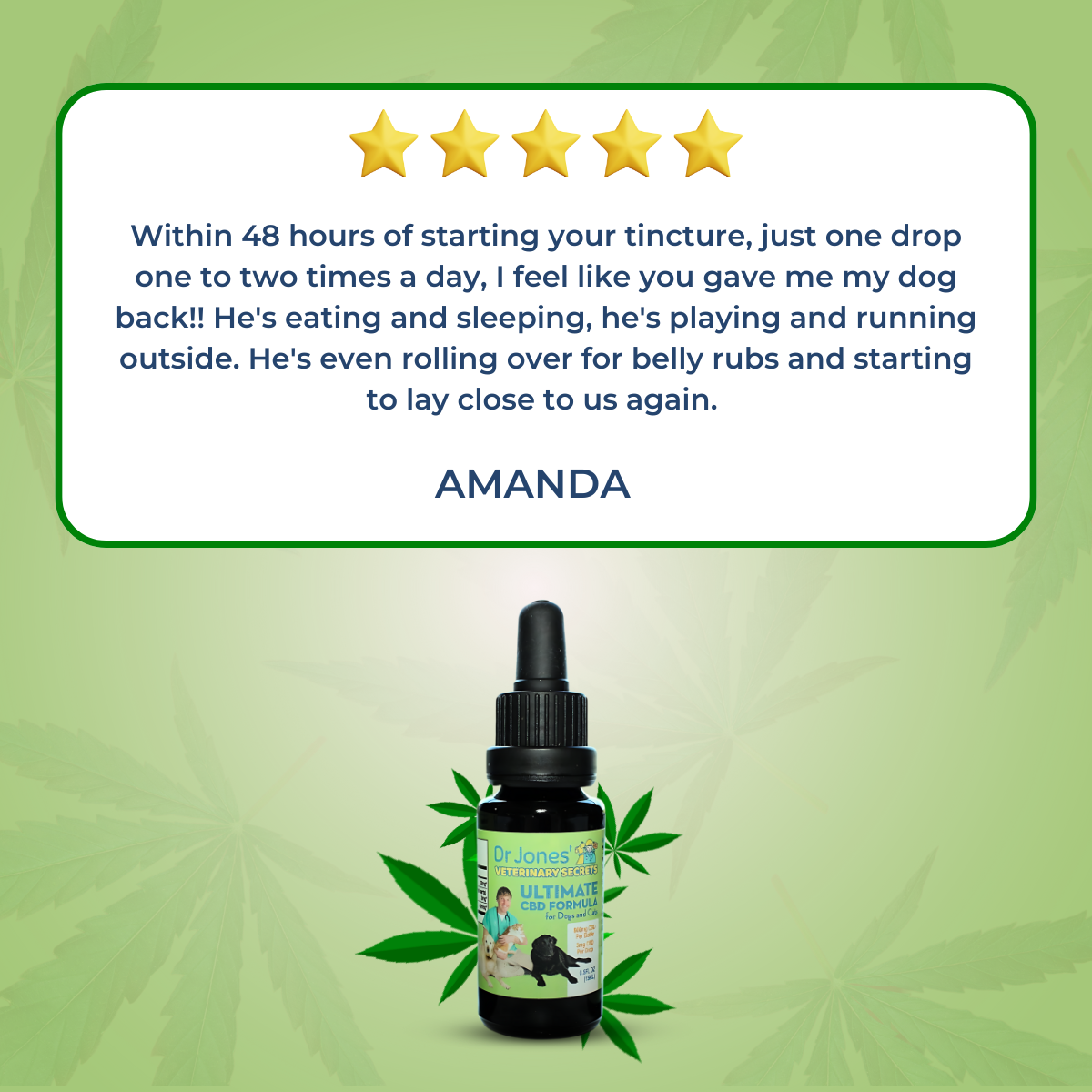Is Your Dog Choking? Here’s How to Save Their Life Today!
![]()

What to Do If Your Dog Is Gasping for Air: A Life-Saving Guide
Imagine this: your dog is gasping for air because a ball has become lodged in their throat.
There’s no time to waste—getting to an emergency veterinarian may not be an option in this urgent moment.
Do You Know What to Do?
This scenario could happen to anyone, and that’s why it’s crucial to know how to handle such emergencies. In honor of National Pet First Aid Month, I want to share with you a specific technique for managing this kind of situation. However, as with any emergency, much of the success comes from prevention.
Prevention Is Key: Avoiding Potential Hazards
While knowing what to do in an emergency is important, preventing the problem in the first place is even more vital. Here are some essential tips to reduce the risk:
-
Avoid small balls or objects that could get lodged in your dog’s throat.
-
Always ensure that toys are significantly larger than your dog’s throat to prevent choking hazards.
Be Prepared for Emergencies
Emergencies can happen at any time, and being prepared can make all the difference. One crucial item to include in your pet’s first aid kit is a reliable way to provide relief from pain and inflammation.
Cannabinoids: A Natural Solution for Pain Relief
When it comes to managing pain in pets, cannabinoids are excellent options. I can personally attest to their effectiveness—I used them myself for pain relief after breaking my collarbone last spring. They work wonders for managing pain and inflammation in pets, too.
We have two cannabinoids that can help alleviate pain in your pets:
Dr. Jones’ ULTIMATE CBD for Dogs and Cats

Dr. Jones’ ULTIMATE Cannabinoid Blend for Dogs and Cats

These products can be invaluable in times of discomfort and pain, helping your pets recover more comfortably.

Intervention for Choking in an Unconscious Dog: The XXT – eXternal eXtraction Technique
Emergencies Happen: A Common Choking Hazard
Choking is a serious and common emergency, particularly when dogs are playing with balls or other small objects. As a veterinarian, I’ve encountered many cases where a ball or similar object becomes lodged in a dog’s throat, and it’s nearly impossible to remove due to its slippery, saliva-coated surface. While prevention—such as avoiding small balls or using safer alternatives—is always the best approach, knowing what to do in an emergency is crucial.
The XXT – eXternal eXtraction Technique is a life-saving intervention that can help you remove an object safely and quickly. Knowing how to perform this procedure can make all the difference in saving your dog’s life.
How to Perform the eXternal eXtraction Technique (XXT)
1. Position the Dog:
-
Step-by-Step: Place the unconscious dog on its back. Brace the dog’s back against the floor, ensuring stability. Straddle the dog, adjusting your position according to the dog’s size (larger dogs may require you to position yourself more carefully). It’s important to position the dog in a way that allows for the airway to be clear.
-
Why it’s Important: This positioning aligns the dog’s airway with the floor, ensuring that the extraction is as effective as possible. By keeping the dog’s head in an “in-line” position, you maintain an open airway, which is crucial to facilitating the ejection of the object.
2. Identify Key Landmarks:
-
Step-by-Step: Look for the following landmarks:
-
Trachea (ringed tube): You should feel the trachea below the jaw; it is the tube leading to the lungs.
-
Ball Location: Identify the location of the object causing the choking.
-
Mandible (V-shaped jaw): Feel the “V” shape of the jaw. This will be your grip point to apply leverage.
-
-
Why it’s Important: Knowing where to apply pressure is essential for this technique to work. Locating the trachea and the ball gives you the correct reference points, ensuring you push the object out with precision. Understanding the mandible’s structure helps in controlling the head and keeping the airway open during the procedure.
3. Perform the J-Stroke:
-
Step-by-Step: Form an open diamond shape with your hands. Place your thumbs on either side of the trachea below the object (ball) and use your fingers to grip the mandible. Apply downward pressure and then push outwards (in a J-shaped motion) against the object until it ejects from the dog’s mouth.
-
Why it’s Important: The J-stroke is effective because it combines both downward and outward pressure, which works with the dog’s body to expel the obstruction. By applying pressure below the ball, you create a forceful motion that can eject the object from the throat, potentially saving your dog’s life in seconds.
4. Rescue Breaths:
-
Step-by-Step: Once the object is removed, immediately check to see if your dog is breathing. If the dog is not breathing, provide two rescue breaths. To do this, seal your mouth over the dog’s nose and mouth, and blow gently to provide air into their lungs.
-
Why it’s Important: After removing the object, the dog may not breathe right away, especially if they were unconscious. Rescue breaths can help revive the dog’s breathing and oxygenate their body, increasing the chances of a full recovery. This step is essential in restoring normal respiratory function.
5. CPR if Necessary:
-
Step-by-Step: If the dog does not respond to rescue breaths and remains unconscious, begin CPR. Begin by placing both hands in the center of the dog’s chest and apply firm, rhythmic compressions. For small dogs, use one hand; for larger dogs, use both hands.
-
Why it’s Important: CPR is critical if the dog’s heart stops or if they don’t start breathing after rescue breaths. Administering CPR can help keep blood circulating to vital organs until veterinary help arrives, potentially saving your pet’s life.

P.S. First Aid skills are essential for every pet owner, and they aren’t as complicated as they may seem. These techniques are about learning the right steps and practicing them until they become second nature. I’ve shared many videos and articles on specific Pet First Aid techniques, so now is a great time to start practicing.
While there is a simpler Heimlich technique for choking, it may not work for slippery objects lodged deep in the throat. Learn how to perform the Heimlich here:
How to Perform Pet CPR, including the Heimlich
P.P.S. Always be prepared. Pain relief is a crucial part of pet first aid. Cannabinoids are a safe and effective option for managing pain in dogs and cats, with little to no side effects.
We offer two products specifically designed for pain relief in pets:













